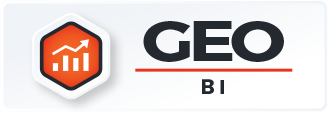In a world overwhelmed by data, the businesses that win are the ones that know what to do with it. Actionable insights—the kind that tell you not just what’s happening, but what to do next—are the backbone of strategic decision-making. While raw data can be informative, it’s insights that drive progress, optimize performance, and power smart growth. But turning data into insight isn’t always straightforward. It takes the right tools, systems, and mindset to move from information to action.
This post explores what actionable insights really mean, how they transform operations, and the role modern mapping and analytics software plays in making smarter, faster decisions.
What Are Actionable Insights?
Actionable insights are conclusions drawn from data that clearly suggest a next step or decision. These aren’t just stats on a dashboard—they’re the aha moments that guide business moves. Think: discovering that one region outperforms others in sales, prompting investment in that territory. Or noticing customer drop-off at a specific point in a journey, which then informs a UX improvement.
The value of data insights lies in their immediacy and relevance. They bridge the gap between analytics and execution—helping teams align, act, and grow with clarity.
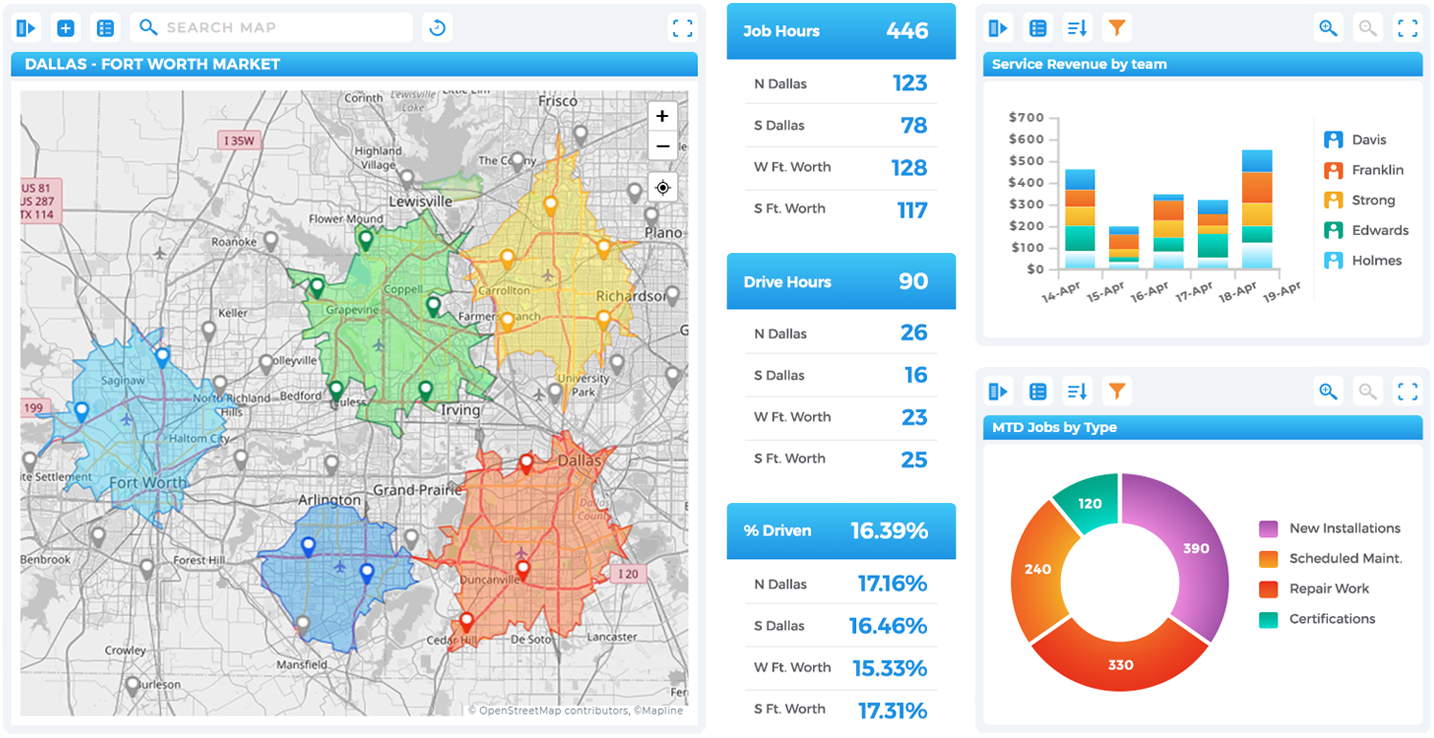

Pro Tip: Want to turn more of your business data into strategic action? Use Mapline’s Geo Mapping to combine spreadsheets, customer data, and location intelligence into clear, interactive dashboards. Get instant insights from your data—and act on them with confidence.
Turning Data Into Action
Data becomes insight only when it’s connected, visualized, and contextualized. This is where many companies hit a wall. Spreadsheets may be full of valuable numbers, but unless that data tells a compelling story, it’s unlikely to drive results. Tools that allow you to layer, map, and analyze data in context make all the difference.
When teams can explore patterns, spot outliers, and simulate outcomes in real time, it transforms how decisions are made. It’s the difference between reacting and proactively shaping your future.
How Actionable Data Insights Impact Business Strategy
Actionable analytics influence almost every part of a business—from daily operations to long-term planning. Here are just a few strategic benefits:
- Increased agility: Teams can respond faster to trends, market shifts, and internal performance changes.
- Smarter resource allocation: Insight into what’s working and what’s not allows for focused investment.
- Stronger customer relationships: Understanding behavior and preferences makes personalization and targeting easier.
- Better goal setting: With clear visibility into KPIs, teams can set goals based on real-world potential—not guesswork.
With the right approach, actionable insights become the playbook for continuous improvement.
Use Cases for Actionable Insights Across Teams
When teams across your organization tap into the same well of insights, collaboration thrives and decisions get easier. Below are some cross-functional examples:
Sales Strategy Optimization
Sales leaders use actionable insights to identify top-performing territories, reps, or segments. By visualizing opportunities on a map, they can pinpoint where to send resources or pursue growth. They also use insights to rebalance coverage and predict future demand.
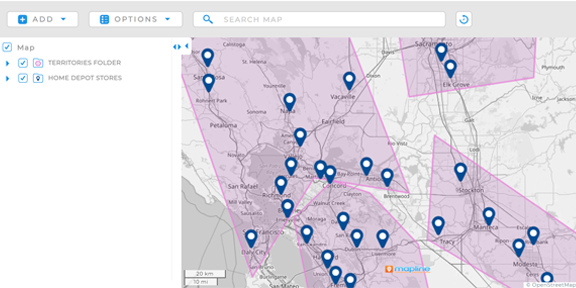
Marketing Performance Analysis
Marketers rely on actionable data insights to track campaign performance and conversion trends. By overlaying marketing efforts with sales data, they can identify which strategies drive real ROI—and which ones need adjusting.
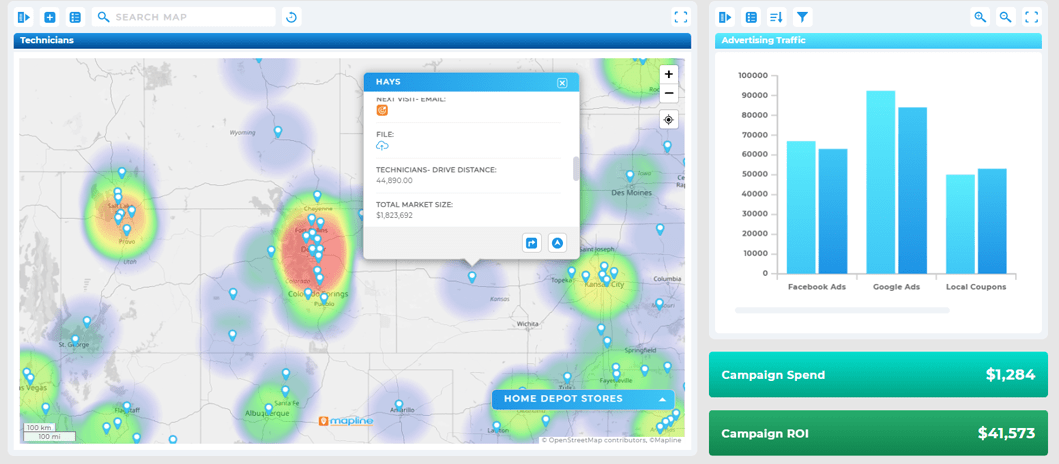
Supply Chain and Operations
Operations teams use real-time analytics to reduce delays, avoid stockouts, and improve efficiency. For example, spotting a consistent bottleneck in a region might prompt a change in fulfillment or routing strategy.
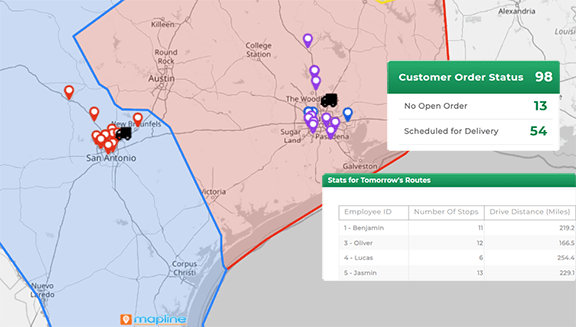
Executive Reporting
Executives use big-picture insights to align departments, set budgets, and guide strategic priorities. Clean, simplified dashboards help leaders see what matters most—and make decisions without wading through raw data.
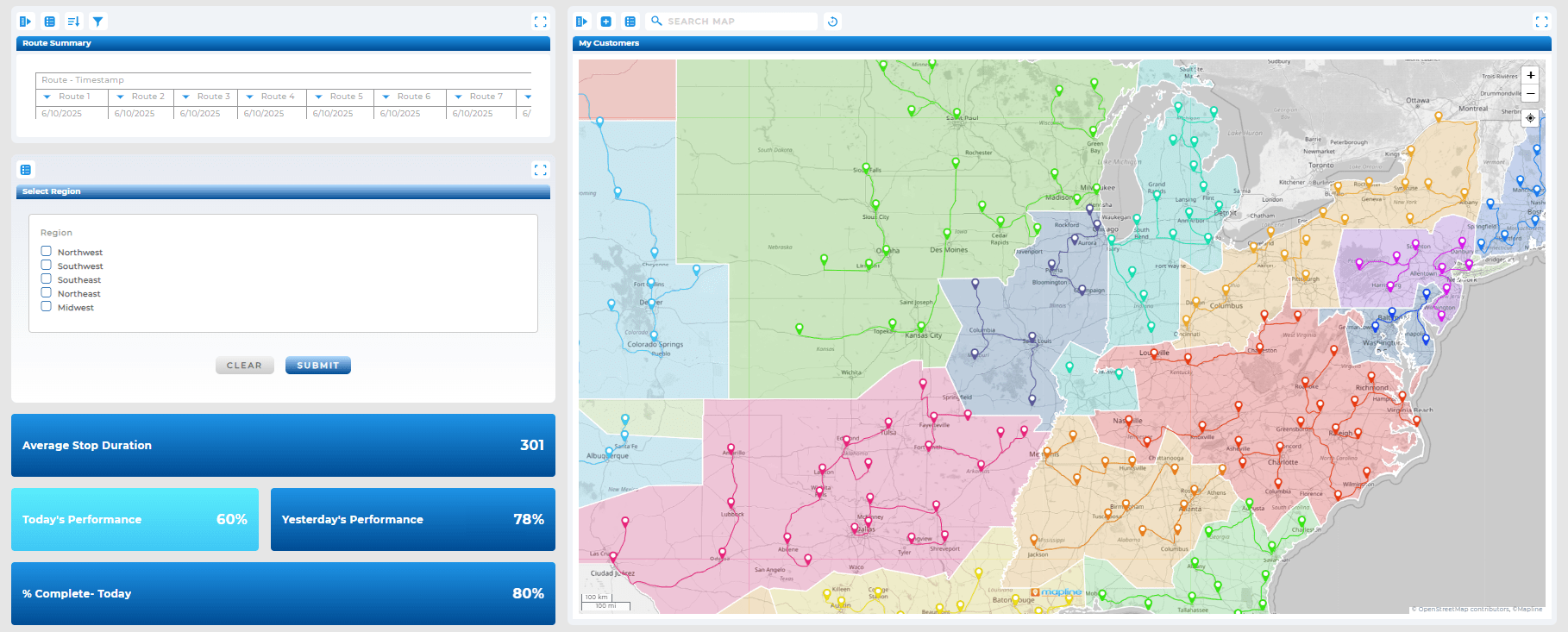
From Insights to Execution
Collecting data is only step one. Acting on it is where businesses find real value. That’s why modern tools are built not just to report insights, but to connect them directly to workflows. From auto-triggering tasks to adjusting field operations in real-time, actionable insights don’t just inform decisions—they power them.
With the right software, you can automate responses to key trends, generate reports in seconds, and keep every team aligned around the same data. It’s how insights go from theory to impact.
Turning data into actionable insights means transforming raw information into specific, decision-ready conclusions. It involves analyzing trends, visualizing data in context, and identifying next steps that create value. Tools like geoanalytics platforms help bring clarity to data and suggest what to do next.
Businesses that act on insights can improve efficiency, reduce waste, and uncover new growth opportunities. Whether it’s reallocating resources, refining a strategy, or optimizing customer experiences, insights help teams make smarter, faster decisions.
Mapping software helps visualize data geographically, making it easier to identify trends, gaps, and opportunities. By layering sales, customer, or operational data on a map, businesses can immediately spot patterns that drive decision-making—like high-performing regions or underserved areas needing attention.
Data insights reveal trends or observations, while actionable insights point to specific next steps. For example, a data insight might show declining sales in a region; an actionable insight would recommend reallocating sales reps or launching a promotion in that area.
Sales, marketing, operations, logistics, and executive teams all benefit from actionable insights. With the right tools, each team can view relevant data in context, make faster decisions, and align strategy across the organization based on shared, real-time intelligence.
To turn data into action, you need tools that consolidate data, provide visual analysis (like dashboards or maps), and connect directly to workflows. Geoanalytics platforms like Mapline help transform spreadsheets into strategic dashboards that trigger real-world outcomes.
Absolutely. Actionable insights help small businesses prioritize limited resources, uncover high-impact opportunities, and compete with larger brands. With user-friendly tools, even lean teams can make data-driven decisions that improve customer service, boost performance, and guide sustainable growth.






